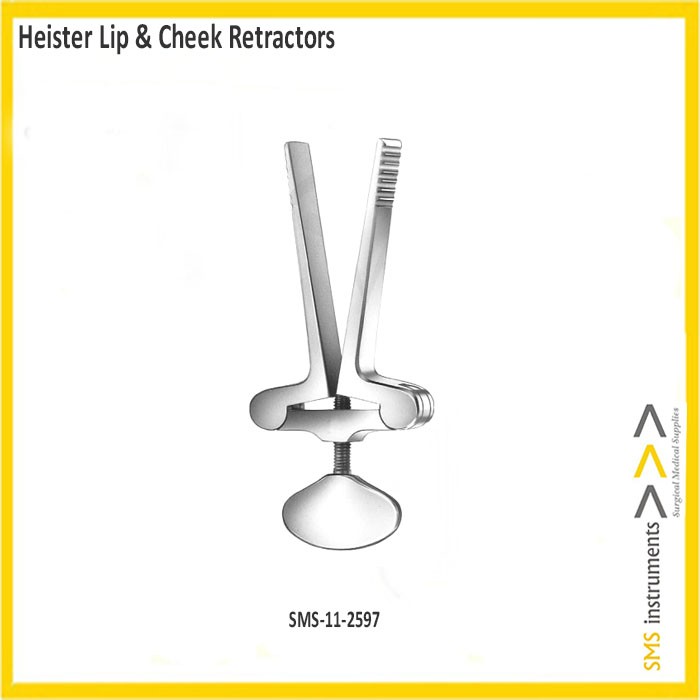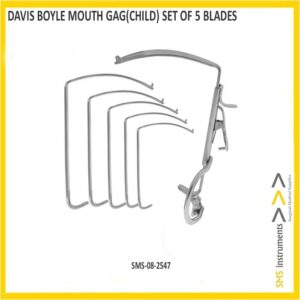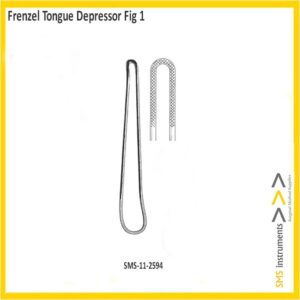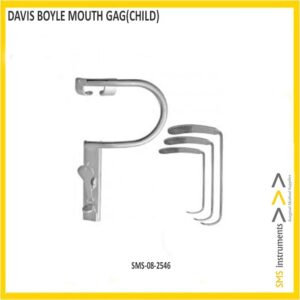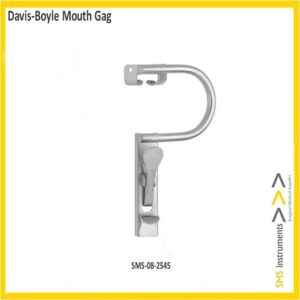Description
Heister Lip & Cheek Retractors
size: 13 cm
Dental Instruments
| Surname | Heister |
| Size / Model / Figure | 13 cm |
| curvature | Straight |
| Finishing | Mirror Polish Finishing |
| Instrument Type | Dental Lip & Cheek Retractors |
| Material | Stainless Steel |
| Disposable or Reusable | Reusable |
| Rusting Prevention | Passivation Processed |
| Cleaning | Ultrasonic Cleaned |
| Sterile or Non-Sterile | Non-Sterile |
| Latex or Latex-Free | Latex-Free |
| Test Performed | Boil, Shape & Performance Test |
| Grade | Premium OR-Grade |
| Packing | Individually Packed in SMS Brand printed Poly-sleeve |
Cheek Retractors
Cheek retractors of made of pliable plastic or metal which are placed on the angle of the lips where the retractor stretches the cheeks away such that it produces better visualization by perfect retraction of the soft tissue. Access to the working area is among the first steps of dental procedures ranging from surgical implant placement to cosmetic teeth whitening, and the use of a cheek retraction system is a great way to help the patient keep his or her mouth open while you’re working.
Dental cheek retractors lock in place to hold the patient’s mouth open throughout the time you are working. They can be disposable or autoclavable, with many of the disposable retractors made from clear materials to provide improved visibility. Besides the clinical advantages, using a retractor can help you obtain great photographs to document your work for reference or for sharing with colleagues.Cheek retractors and expander’s position lips and cheeks away from teeth and gums to increase visibility and accessibility during dental procedures.
Function
Cheek retractors can be used for restorative procedures on bicuspids and molars, they are also employed for standard procedures like fillings, crown preps (during the prep and while cementing the temporary crown), crown cementation, and sealants. When using sealants, keeping the tooth dry is of utmost importance. Cheek retractor serves two purposes: it pulls tissue away to expose an area that needs dental work, and it keeps the tissue in a retracted position during the procedure.


